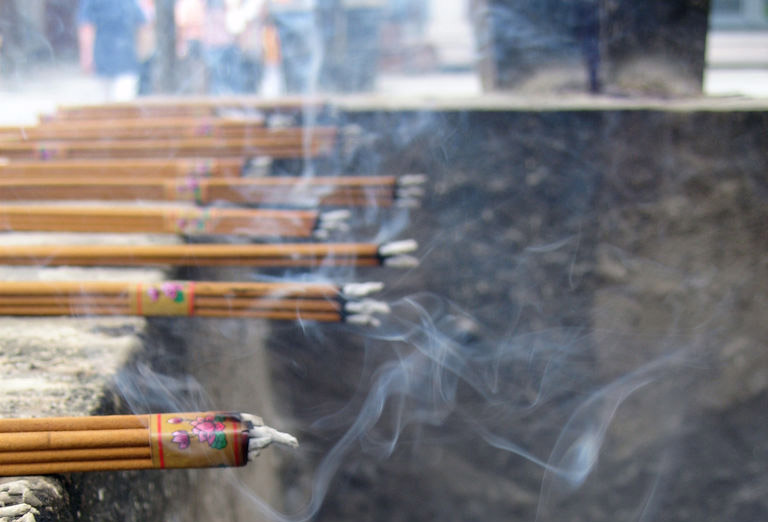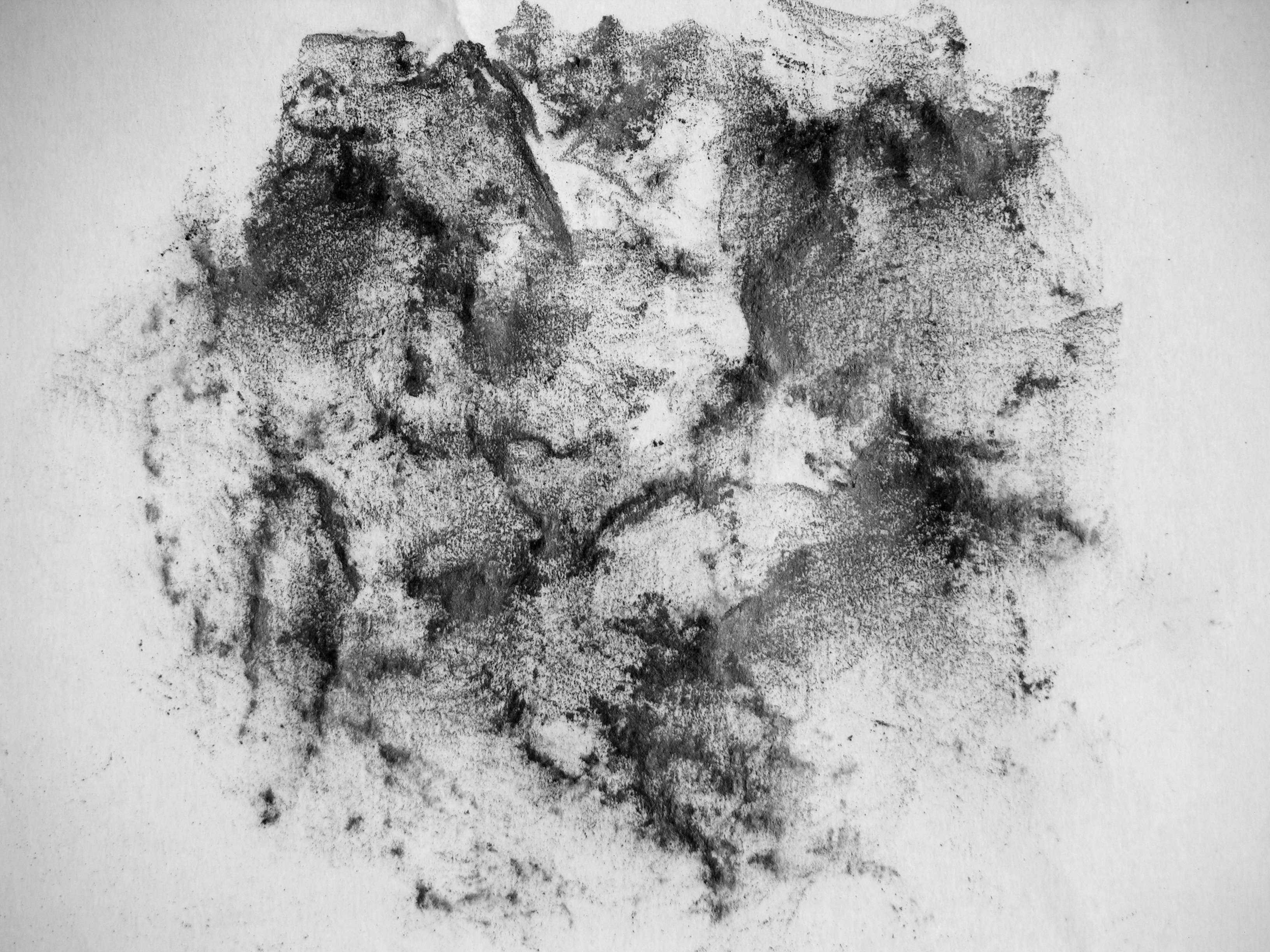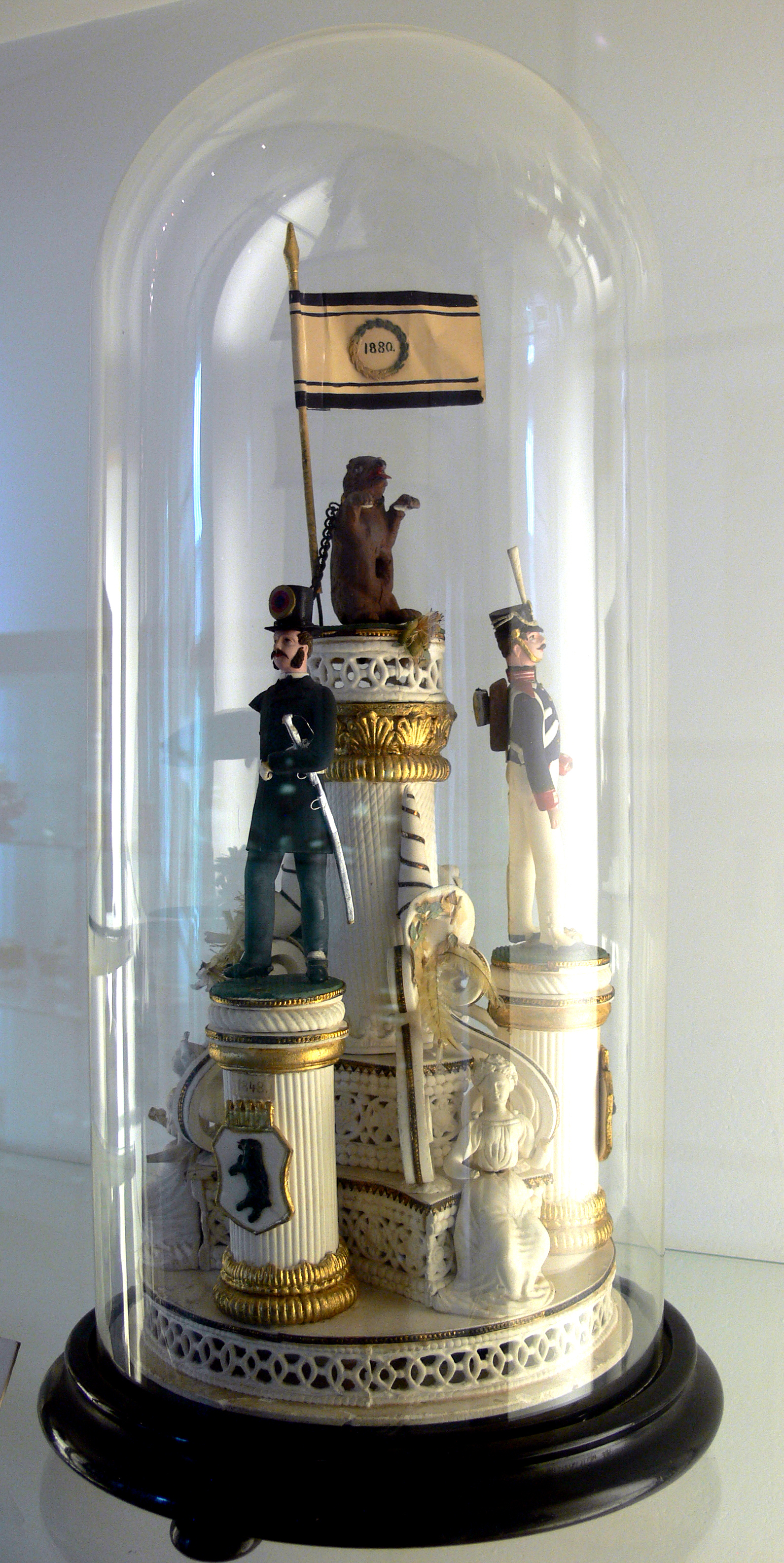|
Tragacanth
Tragacanth is a natural gum obtained from the dried sap of several species of Middle Eastern Fabaceae, legumes of the genus ''Astragalus (plant), Astragalus'', including ''Astragalus adscendens, A. adscendens'', ''Astragalus gummifer, A. gummifer'', ''Astragalus brachycalyx, A. brachycalyx'', and ''Astragalus tragacantha, A. tragacantha''. Some of these species are known collectively under the common names "goat's thorn" and "locoweed". The gum is sometimes called Shiraz gum, shiraz, gum elect or gum dragon. The name derives from the Greek language, Greek words ''tragos'' (meaning "goat") and ''akantha'' ("thorn"). Iran is the biggest producer of this gum. Gum tragacanth is a viscous, odorless, tasteless, water-soluble mixture of polysaccharides obtained from sap that is drained from the root of the plant and dried. The gum seeps from the plant in twisted ribbons or flakes that can be powdered. It absorbs water to become a gel, which can be stirred into a paste. The major fraction ... [...More Info...] [...Related Items...] OR: [Wikipedia] [Google] [Baidu] |
|
|
Astragalus Tragacantha
''Astragalus tragacantha'', commonly known as astragale de Marseille or coussin-de-belle-mère, is a species of milk vetch, milkvetch in the family Fabaceae. Greuter,W. et al. (Eds.), 1989 ''Med-Checklist Vol.4 (published)'' Linnaeus,C.von, 1753 ''Sp.Pl.'' ILDIS World Database of Legumes The plant is about 10 to 25 cm in height with white, purple tinged flowers that bloom in April and March. Tragacantha grows in sandy soil around beaches and is native to France, Spain, and the Mediterranean. References Astragalus, tragacantha Flora of Spain Flora of France {{Astragalus-stub ...[...More Info...] [...Related Items...] OR: [Wikipedia] [Google] [Baidu] |
|
|
Astragalus Gummifer
''Astragalus gummifer'' (tragacanth, gum tragacanth milkvetch), is a small woody evergreen shrub, with a typical height and spread of 30 cm at maturity, indigenous to western Asia, specifically Iran, Iraq and Turkey. This nitrogen fixing plant bears hermaphroditic flowers, which are bee-pollinated. It has many medical, culinary, and material uses.“Astragalus gummifer” Practical Plants http://practicalplants.org/wiki/Astragalus_gummifer Tragacanth gum ''Astragalus gummifer'' produces special exudate gums that act as a natural defense mechanism for the shrub. Research has shown the function of these gums to service plants of semiarid environments, released when the bark of the shrub gets damaged in order to cover the wound to prevent infection and dehydration. The gum, originally an aqueous solution, dries into hardened lumps when it comes into contact with air and sunlight.Verbeken, Dirk. "Exudate Gums: occurrence, production, and applications" Applied Microbiology and B ... [...More Info...] [...Related Items...] OR: [Wikipedia] [Google] [Baidu] |
|
 |
E Number
E numbers, short for Europe numbers, are codes for substances used as food additives, including those found naturally in many foods, such as vitamin C, for use within the European Union (EU) and European Free Trade Association (EFTA). Commonly found on food labels, their safety assessment and approval are the responsibility of the European Food Safety Authority (EFSA). The fact that an additive has an E number implies that its use was at one time permitted in products for sale in the European Single Market; some of these additives are no longer allowed today. Having a single unified list for food additives was first agreed upon in 1962 with food colouring. In 1964, the directives for preservatives were added, in 1970 antioxidants were added, in 1974 emulsifiers, stabilisers, thickeners and gelling agents were added as well. Numbering schemes The numbering scheme follows that of the International Numbering System for Food Additives, International Numbering System (INS) as deter ... [...More Info...] [...Related Items...] OR: [Wikipedia] [Google] [Baidu] |
 |
Natural Gum
Natural gums are polysaccharides of natural origin, capable of causing a large increase in a solution's viscosity, even at small concentrations. They are mostly gum (botany), botanical gums, found in the woody elements of plants or in seed coatings. Human uses Gums are used in the food industry as thickening agents, gelling agents, Emulsion, emulsifying agents, and Food additive#Categories , stabilizers, and in other industrial adhesives, Excipient#Types, binding agents, crystal inhibitors, Brewing#Ingredients, clarifying agents, encapsulating agents, Flocculation , flocculating agents, swelling agents, foam stabilizers, etc. When consumed by humans, many of these gums are fermented by the microbes that inhabit the lower gastrointestinal tract (microbiome) and may influence the ecology and functions of these microscopic communities. Commercial significance Humans have used natural gums for various purposes, including chewing gum , chewing and the manufacturing of a wide rang ... [...More Info...] [...Related Items...] OR: [Wikipedia] [Google] [Baidu] |
 |
Incense
Incense is an aromatic biotic material that releases fragrant smoke when burnt. The term is used for either the material or the aroma. Incense is used for aesthetic reasons, religious worship, aromatherapy, meditation, and ceremonial reasons. It may also be used as a simple deodorant or insect repellent. Incense is composed of aromatic plant materials, often combined with essential oils. The forms taken by incense differ with the underlying culture, and have changed with advances in technology and increasing number of uses. Incense can generally be separated into two main types: "indirect-burning" and "direct-burning." Indirect-burning incense (or "non-combustible incense") is not capable of burning on its own, and requires a separate heat source. Direct-burning incense (or "combustible incense") is lit directly by a flame and then fanned or blown out, leaving a glowing ember that smoulders and releases a smoky fragrance. Direct-burning incense is either a paste formed around a ... [...More Info...] [...Related Items...] OR: [Wikipedia] [Google] [Baidu] |
 |
Astragalus (plant)
''Astragalus'' is a large genus of over 3,000 species of herbs and small shrubs, belonging to the legume family Fabaceae and the subfamily Faboideae. It is the List of the largest genera of flowering plants, largest genus of plants in terms of described species. The genus is native to temperate regions of the Northern Hemisphere. Common names include milkvetch (most species), locoweed (in North America, some species) and goat's-thorn (Astragalus gummifer, ''A. gummifer'', Astragalus tragacantha, ''A. tragacantha''). Some pale-flowered vetches (''Vicia'' spp.) are similar in appearance, but they are more vine-like than ''Astragalus''. Description Most species in the genus have pinnately compound leaves. There are annual and perennial species. The flowers are formed in clusters in a raceme, each flower typical of the legume family, with three types of petals: banner, wings, and keel. The Sepal, calyx is tubular or bell-shaped. Taxonomy The genus was formally described in ... [...More Info...] [...Related Items...] OR: [Wikipedia] [Google] [Baidu] |
 |
Gum Arabic
Gum arabic (gum acacia, gum sudani, Senegal gum and by other names) () is a tree gum exuded by two species of '' Acacia sensu lato:'' '' Senegalia senegal,'' and '' Vachellia seyal.'' However, the term "gum arabic" does not indicate a particular botanical source. The gum is harvested commercially from wild trees, mostly in Sudan (about 70% of the global supply) and throughout the Sahel, from Senegal to Somalia. The name "gum Arabic" (''al-samgh al-'arabi'') was used in the Middle East at least as early as the 9th century. Gum arabic first found its way to Europe via Arabic ports and retained its name of origin. Gum arabic is a complex mixture of glycoproteins and polysaccharides, predominantly polymers of arabinose and galactose. It is soluble in water, edible, and used primarily in the food industry and soft drink industry as a stabilizer, with E number E414 (I414 in the US). Gum arabic is a key ingredient in traditional lithography and is used in printing, paints, glue ... [...More Info...] [...Related Items...] OR: [Wikipedia] [Google] [Baidu] |
|
Binder (material)
A binder or binding agent is any material or substance that holds or draws other materials together to form a cohesive whole mechanically, chemically, by adhesion or cohesion. More narrowly, binders are liquid or dough-like substances that harden by a chemical or physical process and bind fibres, filler powder and other particles added into it. Examples include glue, adhesive and thickening. Examples of mechanical binders are bond stones in masonry and tie beams in timber framing. Classification Binders are loosely classified as organic ( bitums, animal and plant glues, polymers) and inorganic ( lime, cement, gypsum, liquid glass, etc.). These can be either metallic or ceramic as well as polymeric depending on the nature of the main material. For example, in the compound WC-Co (Tungsten Carbide used in cutting tools) Co constitutes the binding agent for the WC particles. Based on their chemical resistance, binders are classified by the field of use: non-hydrau ... [...More Info...] [...Related Items...] OR: [Wikipedia] [Google] [Baidu] |
|
 |
Pastels
A pastel () is an art medium that consists of powdered pigment and a binder (material), binder. It can exist in a variety of forms, including a stick, a square, a pebble, and a pan of color, among other forms. The pigments used in pastels are similar to those used to produce some other colored visual arts media, such as oil paints; the binder is of a neutral hue and low colorfulness, saturation. The color effect of pastels is closer to the natural dry pigments than that of any other process. Pastels have been used by artists since the Renaissance, and gained considerable popularity in the 18th century, when a number of notable artists made pastel their primary medium. An artwork made using pastels is called a pastel (or a pastel drawing or pastel painting). ''Pastel'' used as a verb means to produce an artwork with pastels; as an adjective it means pale in color. Pastel media Pastel sticks or crayons consist of powdered pigment combined with a binder. The exact composition a ... [...More Info...] [...Related Items...] OR: [Wikipedia] [Google] [Baidu] |
|
The Artist's Handbook Of Materials And Techniques
''The Artist's Handbook of Materials and Techniques'' is a reference book by Ralph Mayer (1895–1979). Intended by the author for use by professional artists, it deals mostly with the chemical and physical properties of traditional painterly materials such as oil, tempera, and encaustic, as well as solvents, varnishes, and painting mediums. It also has extensive coverage of ancillary activities such as stretching and preparing canvas Canvas is an extremely durable Plain weave, plain-woven Cloth, fabric used for making sails, tents, Tent#Marquees and larger tents, marquees, backpacks, Shelter (building), shelters, as a Support (art), support for oil painting and for other ite ..., care and maintenance of tools, and conservation of older paintings. Originally published in 1940, the ''Handbook'' was referred to as "the painter's bible" at the time, and still remains on the reading list in American universities. It underwent three extensive revisions during Mayer's lifetime, and ... [...More Info...] [...Related Items...] OR: [Wikipedia] [Google] [Baidu] |
|
 |
Sugarcraft
Sugar sculpture is the art of producing artistic centerpieces entirely composed of sugar and sugar derivatives. These were very popular at grand feasts from the Renaissance until at least the 18th century, and sometimes made by famous artists. Sugar was very expensive by modern standards, and sculptures in it a form of conspicuous consumption, reflecting wealth. Today, there are many competitions that include sugar sculpture. Sugar showpieces can be composed of several different types of sugar elements. All begin with cooking sugar, and possibly an acidic agent and/or non-sucrose sugar product to avoid unwanted crystallization, to the candy#Sugar stages, hard crack stage, around . When all components are completed, they are welded together using a gas torch. The sugar is melted, and then joined together. Types Pulled sugar The sugar has been cooked, and the now-liquid sugar is poured onto a silicone rubber mat. Any coloring is now added. The sugar is then folded repeatedly ... [...More Info...] [...Related Items...] OR: [Wikipedia] [Google] [Baidu] |